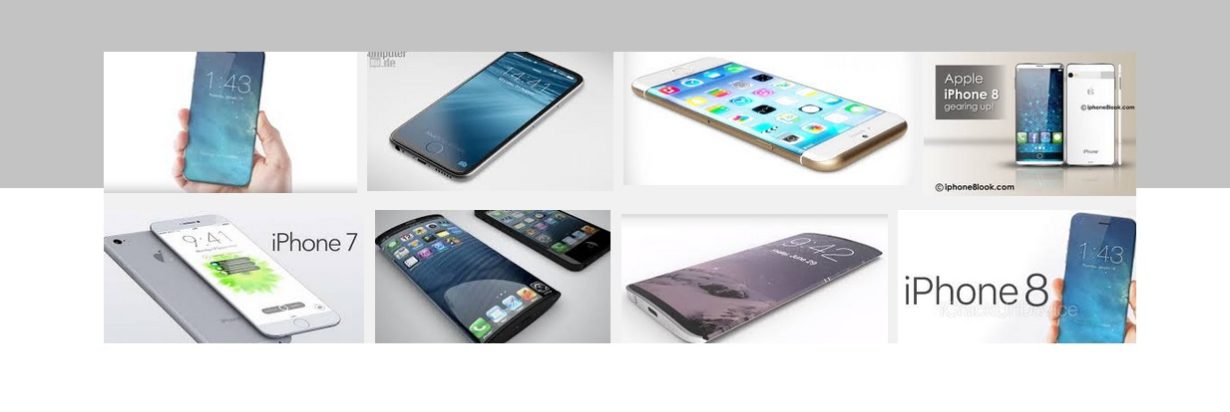The Evolution and Significance of Pre-Owned Industrial Machinery
The industrial landscape has undergone a dramatic transformation in recent decades, driven by rapid technological advancements, globalization, and shifting economic paradigms. One notable evolution within this sector is the growing prominence of pre-owned industrial machinery. This phenomenon entails the market for used equipment and machinery that have previously been owned and operated by other businesses. The pre-owned industrial sector not only highlights the potential for cost-effective solutions for various industries but also underscores the importance of sustainability and resource optimization in contemporary manufacturing practices. This essay will explore the intricacies of the pre-owned industrial market, its benefits, challenges, and its broader implications for the economy and environmental sustainability.
To begin with, it is essential to understand the structure of the pre-owned industrial machinery market. This market encompasses a wide spectrum of equipment, from heavy-duty construction machinery to specialized manufacturing tools. The reasons for acquiring pre-owned machinery are manifold, but key drivers include cost savings, availability of high-quality equipment, and timely access to machinery that may be difficult to procure brand new. Many businesses, particularly small and medium-sized enterprises (SMEs), find themselves operating within financial constraints that limit their ability to invest in new equipment. In such cases, pre-owned machinery presents an attractive alternative, allowing these businesses to maintain productivity without the hefty price tag associated with new equipment.
Moreover, pre-owned industrial machinery often retains a significant level of utility and efficiency. Many pieces of equipment are built to last, with the capacity to withstand the rigors of continuous operation. Furthermore, advancements in technology often yield improvements in machinery design, resulting in older models that can still compete with newer iterations in terms of performance. There is often a strong secondary market for certain types of machinery, where fully operational equipment can be acquired at a fraction of the cost of new alternatives. Additionally, pre-owned equipment can offer substantial lead times benefits; industries that rely on immediate access to operational machinery may find that pre-owned equipment can be sourced and delivered more rapidly than awaiting the manufacturing and shipping timelines of new machines.
However, the pre-owned industrial sector is not without its challenges. A critical concern when purchasing used machinery is the potential for equipment failure or diminished performance over time. Buyers must exercise due diligence, conducting thorough inspections and obtaining detailed maintenance records whenever possible. It is also prudent for companies to engage with reputable dealers who specialize in pre-owned machinery, ensuring they are negotiating with knowledgeable parties who understand the nuances of the equipment on offer. Furthermore, the assurance of warranties and post-purchase support becomes critical to mitigating risks associated with buying second-hand machinery.
In conclusion, the pre-owned industrial machinery market represents a multifaceted landscape characterized by both opportunity and challenges. It serves as a critical resource for businesses navigating the complexities of modern industrial operations while also contributing to broader economic efficiency and sustainable practices. As companies continue to recognize the merits of pre-owned machinery, the sector is likely to expand further, offering innovative solutions in an era defined by rapid technological evolution and increasing environmental awareness. By embracing this sector, stakeholders can not only secure operational advantages but also foster a more sustainable future for the industrial landscape.
